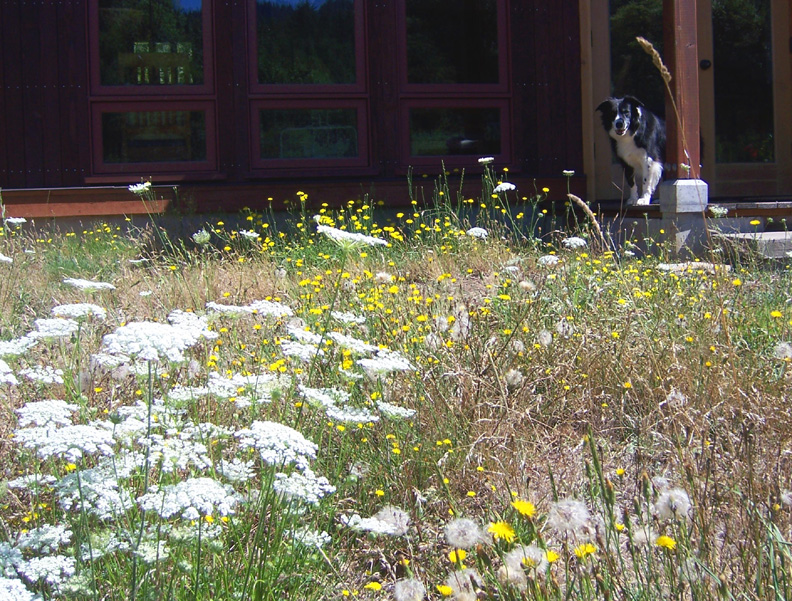If you write picture books, you know it’s a lot easier to tell your story in more words than probably anyone wants to publish. It used to be that 1,000-1,200 words was the limit. Now, it’s more like 700. Or even shorter! But that does not mean you cut all but the first 700 words of your 2,000 word story. It’s trickier than that.
One of my picture books, Why a Dog? By A. Cat was a 2,000+ word picture book manuscript that I knew had to be seriously trimmed before I could submit it to a publisher. One summer evening, apparently feeling I should be clearing out the junk in our house but wasn’t about to do that, I sat on our porch swing with that manuscript in hand. And in about thirty minutes, I cut it back to exactly 100 words. All I remember is thinking that this 100 word rhyme had all the elements of my story and could stand on its own without the rest. I soon sold it to Scholastic and it did very well. It’s still in print as an ebook.
But that kind of brutal cutting doesn’t always work. I was very lucky with that particular story that it worked so well, and so easily. Many times when we try to cut a manuscript to the bones, as they say, we cut the entire skeleton away. We leave things that won’t survive without the underlying structure. A wonderful speaker at one of our SCBWI Oregon conferences described the problem this way (I guess she noticed most of us were women): So when you’re plucking your eyebrows, sometimes you just keep pluck pluck plucking. By the time you’re all done plucking, the essence is gone. You can paint in your brow until it grows back, but unfortunately for your over-plucked picture book, your reader can’t benefit from what isn’t there. Somehow you have to trim around the edges and leave the center, the part that shapes your story just as a brow shapes your face.
I thought about that today while I considered mowing our front yard. I refuse to call a yard in the country a *lawn* but I do get caught up in having a pretty green lawn in the spring and early summer. I mow and trim fairly regularly and my spousal unit yells “Fore!” when he walks through the short grass. But we only provide water to our vegetables, potted flowers and landscape plants, so once the rains stop, the grass dries out and turns brown. And, amazing drought-resistant flowering plants (that some call weeds) start popping up! Grass and thistle seeds are plucked by sparrows and finches, dandelion flowers are nibbled up by rabbits and chipmunks and their seedpods are snatched by swallows, and Queen Anne’s lace flowers are visited by the many kinds of bees we have living around us.
Here’s what my summer yard would look like if I kept it all mowed.

Here is my summer meadow when I leave it alone.

Now I better get back to letting some of my manuscript flower and go to seed while I trim carefully at the edges.
Robin, you have a wonderful gift for explaining the essence of a process that’s difficult for so many of us PB writers. Thank you.
Thanks so much, Evelyn! Feel free to share! And thanks also for all you do. 🙂
I especially love the lawn analogy!
Thanks, Deb! I do believe you could explain it better, but I’m glad you could relate! What are weeds? How important is green lawn? Picture books are HARD to write, and that’s the long and short of it. 🙂
Wonderful,wise words, Robin! Loved this!
Thanks Trudy! Good luck with your continued picture book successes! We know it’s not easy. It just appears that way!
Love it!
Thanks, Carmen!